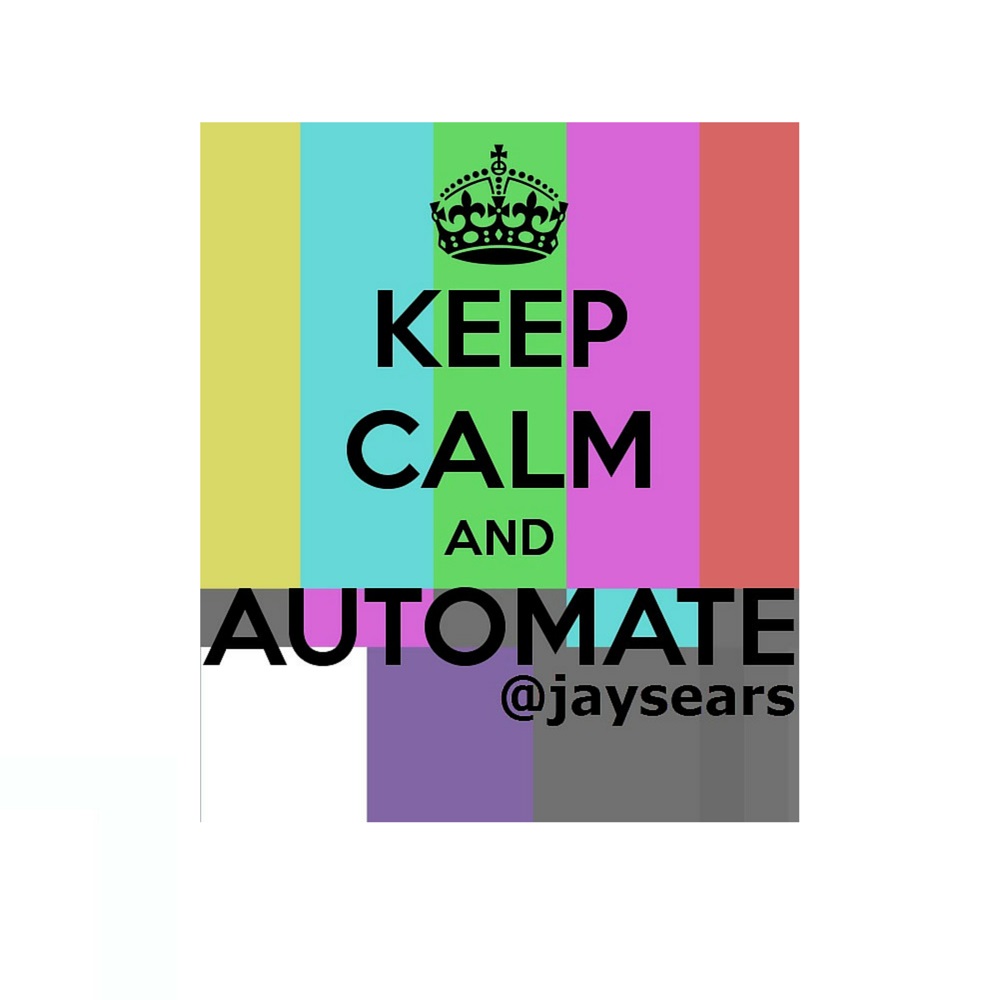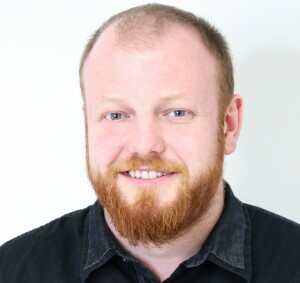Q&A: IPG Canada on Automation, Programmatic + TV

Jay Sears, Senior Vice President Marketplace Development of Rubicon Project discusses “Automation, Programmatic and TV” with Jordan Brooks of IPG Canada’s Cadreon. The two executives appeared at Rubicon Project’s 1st Annual Real Time Trading Update from Canada's Buy Side in Toronto in June 2015.
Your Name:Jordan Brooks
Your Company:Cadreon
Your Title:Director of Product and Operations
SEARS: What do you read to keep up with politics, art and culture?
BROOKS: NewsFeed, Twitter, Globe & Mail, National Post.
SEARS: What do you read to keep up with friends?
BROOKS: NewsFeed, Twitter, InstaGram, email.
SEARS: What do you read to keep up with our industry?
BROOKS: Adexchanger, internal releases, Adnews, Marketing mag, MediaBizBloggers.
SEARS: What’s your favorite commercial of all time?
BROOKS: Old Spice – the man your man could smell like.
SEARS: With regards to advertising automation and programmatic, what are Cadreon’s three biggest initiatives in Canada in 2015?
BROOKS:
- Television. Cadreon Canada is quickly building a TV product, Advanced TV. This product has existed in the US for a few years.
- Social. We’ve actively built a social product to offer our agencies. We’ve partnered with Facebook Marketing Partners (formerly Strategic Preferred Marketing Developers). Our heritage is direct response which lends itself nicely to social products.
- Mobile. Over the last two years we’ve learned a lot about the different types of media technologies and have expanded that to our staffing efforts. We’ve started to hire product owners that handle all mobile conversations with the agencies and publishers. This has taught us a lot and we’re now ready for the year of mobile … again.
SEARS: On average in the Canadian market -- out of each $1.00 spent on media (all media, not just digital) by one of your advertisers, how much today (in 2015) is spent on automated or programmatic channels?
BROOKS:Completely dependent on the client. We have clients that spend 100% of their marketing budgets on digital via Cadreon and thus 100% programmatic and other clients that we receive a portion of the digital budget. Looking across all IPG agencies/clients with all programmatic vendors, we’re seeing somewhere between $0.30 and $0.40 on every dollar.
SEARS: What will this number be in 2017?
BROOKS: Should be 100% but it’s necessary to make the distinction between programmatic and automated. Certain media types will never be purchased programmatically, however the buying could be automated in some fashion.
SEARS: Tell us the about the Canadian operations of Cadreon:
BROOKS:We started as an agency trading desk but have transformed into a technology services company. Rather than focus on programmatic display buying we have built a diverse portfolio of product offerings. We took a strategic approach to our growth, asking what the agencies and clients needed so we could show our value as product developers. We wanted to move away from the trading desk model so we could drive value for our clients, agnostic of all media and tech.
SEARS: How many employees are there in Canada?
BROOKS:
Total: 18
Toronto: 18
Montreal: None, travel as needed
SEARS: Draw an analogy between the automation of television and an ice hockey game. Are we in the pre-game? Still driving to the stadium?
BROOKS:Assuming we’re the ones playing the game, we’ve finished our warm up and are listening to the pep talk from the coaching staff. The rink has been flooded but we’re still looking for our starting line and offensive strategy.
SEARS: How can advertising automation help the strategy and planning functions (directly or indirectly) at an advertising agency?
BROOKS:Directly, the automation can give valuable time back to the agency by removing redundant and inefficient processes such as faxing IOs and communicating campaign goals. Indirectly, automating these functions can put data at the fingertips of anyone in the organization. The automated processes are logged accordingly and all buys can be measured which can help build benchmarks moving forward.
SEARS: Can linear TV be automated, yes or no?
BROOKS: Yes, TV can be automated, not in the RTB/programmatic sense but we can remove the buying inefficiencies.
SEARS: What two-three events or happenings will accelerate the automation of television?
BROOKS:
- Technology – Those of us in digital and programmatic have been spoiled by the speed of advancement within the industry. There are some barriers to this moving forward with TV but I get the sense that once the innovation starts, the world will change very quickly. If digital, with their fractions of total budgets can innovate that quickly, imagine when TV budgets are up for grabs.
- People – Digitizing television people. As mentioned, we were spoiled with innovation in digital and we need to share the love with the TV side.
- Interest from Advertisers – Television has been bought the same way for a long time. Automating the buys will be contingent on demonstrating value. We need to execute on data and prove that there is an advantage to their line of business.
SEARS: Transparency -- on media costs, on data, on inventory -- has become a lightning rod issue. Should transparency be a negotiated benefit for the advertiser client, yes or no?
BROOKS:Transparency is why programmatic exists and is paramount to its continued success. We need to be accountable for many aspects of our clients business, from media dollars to messaging and data safety. There are different models for different lines of business; the advertiser can choose their own method that suits their business needs. There are models tailored to the size and scale of every business, all with their own inherent advantages and disadvantages.
SEARS: Which of the following will accelerate the automation of site direct (direct orders) budget? Pick all that apply:
- Dynamic access to all publisher inventory [vs. just “remnant” or “auction”]
- Ability to leverage publisher first party data
- Ability to leverage advertiser first party data [against all publisher inventory, especially premium]
- Availability of rich media, expandable units and larger IAB Rising Star formats
- Ability to more easily curate audiences for specific advertisers across the premium content of multiple publishers
- All of the above
BROOKS: All of the above.
SEARS: If you could go to the airport right now with friends or family and fly anywhere in the world for vacation, who would you take and where would you go?
BROOKS: My fiancé and I would fly to Italy and travel the coast in a rental car stopping wherever we wish to eat, drink and be merry.
SEARS: If you could create an endowment to fund any existing non-profit you designated, what lucky non-profit organization would that be?
BROOKS: Good in Every Grain, formerly Farmers Feed Cities -- promotes sustainable farming and agriculture knowledge. My ultimate goal in life is to live on a piece of land and produce everything I need personally, producing extra only to make a modest living.
SEARS: What is your favorite restaurant in the world?
BROOKS: Hakkasan New York, my first Michelin star restaurant care of the ad industry.
SEARS: Thanks, Jordan!
The opinions and points of view expressed in this commentary are exclusively the views of the author and do not necessarily represent the views of MediaVillage management or associated bloggers.


